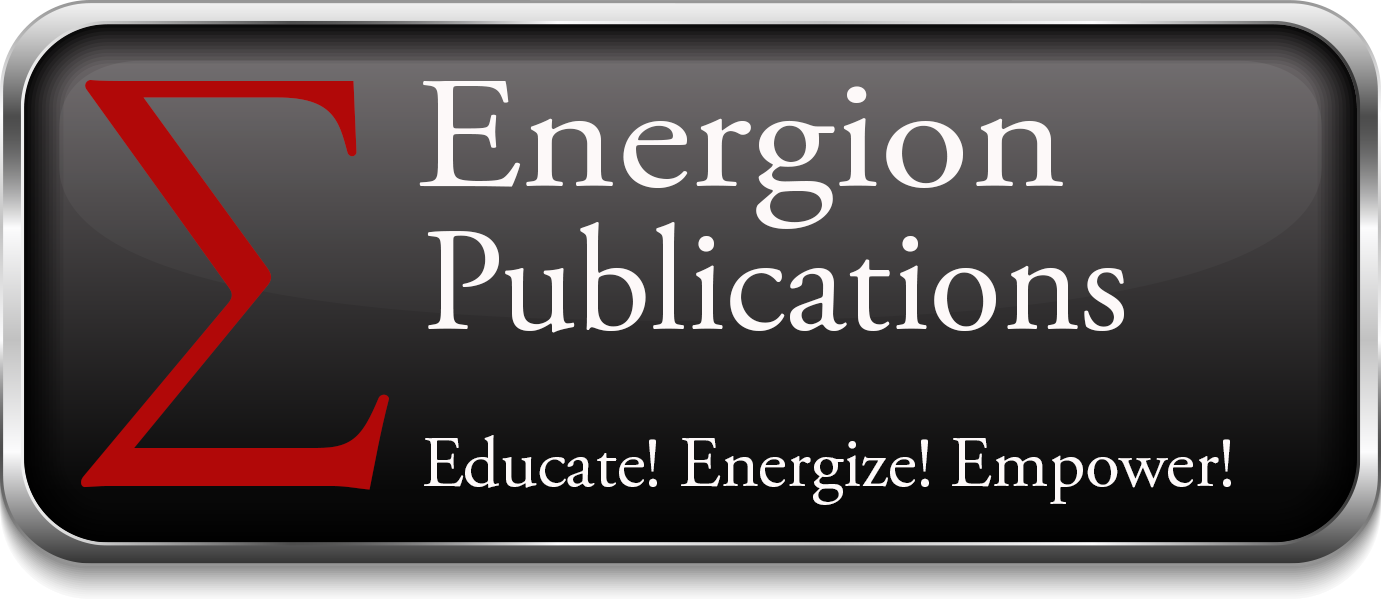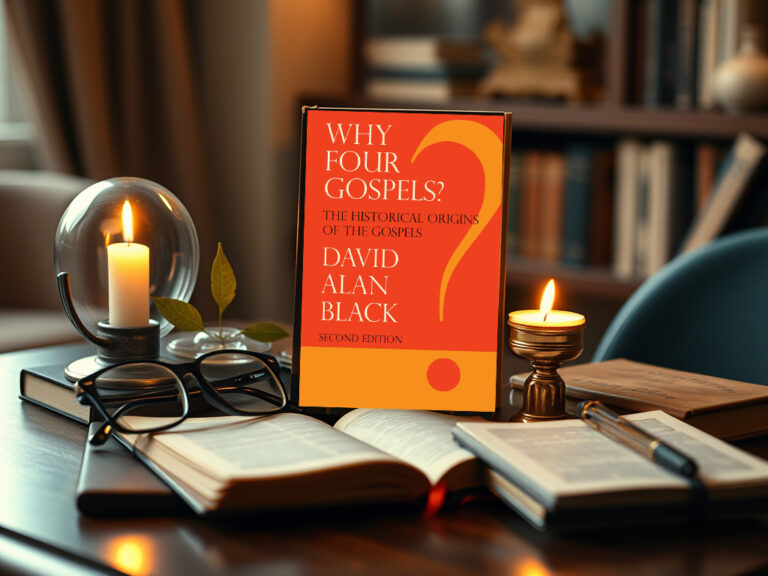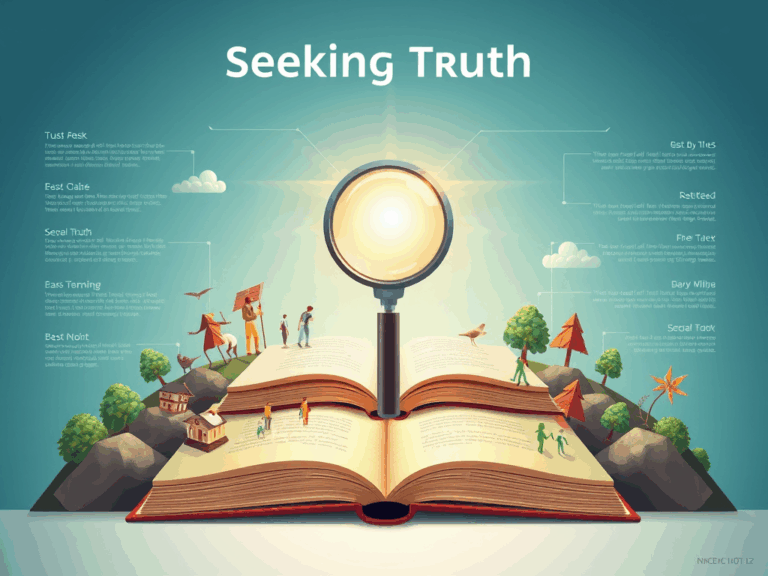Elgin Hushbeck: First Answer
Link to the Question
Following each mass killing, as the shock, outrage, and grief fade, and sometimes even before this, the question inevitably becomes what should we do? Is there any way that we could stop these from occurring? As with so much in our society, there are vast differences in how people begin to answer this question.
The first and perhaps biggest divide is over how to understand the problem. Is this a problem with people, or things? This difference manifests itself in the debate over gun control. Those who call for more gun control see the problem in terms of things and believe that the solution is to be found in controlling the things that are causing the problems, i.e., guns.
Even if they were correct, the approach of controlling guns is at best problematic. Even if we put the issue of the Second Amendment aside, there are still a lot of practical issues that question the efficacy of controlling guns as a solution to mass shooting.
The simple fact is that hunting, and in some places even self-protection, mean that guns are an integral part of people’s lives. And self-protection here does not mean just against crime. Some, for example, take a pistol loaded with snake shot when fishing. So as a bottom line, a complete ban on guns is about as likely as a complete ban on automobiles. After all, cars kill far more people each year.
Pushing for a partial ban is even more problematic. While commonly done under the guise of banning “assault weapons,” the term “assault weapon” is a political term, more than a description of a type of weapon. Trying to draw any effective line between what is an “assault weapon” vs. other supposedly more legitimate types of firearms is very difficult if not completely arbitrary, and hardly effective.
But there is a deeper problem with gun control that goes to the heart of different ways of viewing this issue. Here in Wisconsin we recently passed a concealed carry law. As a result, a number of businesses put up signs banning concealed weapons on their property. These signs puzzle me. Frankly, I find it very difficult to conceive of someone intent on committing mass murder coming to one of these businesses, seeing the sign prohibiting the carrying of concealed weapons, and saying, “Oh darn, I guess I will just have to go find somewhere else to inflict my reign of terror” as they walk off disheartened.
In fact, the evidence would indicate that the opposite is true. These mass murderers go to places where there will be a lot of people, and where they can be reasonably assured that they will be the only ones with guns.
The reason for this can be seen with the shooting in Colorado in 2007. Having shot 4 people at Youth With A Mission in Arvada, the murderer went to the New Life Church in Colorado Springs with multiple firearms. He murdered 16 and 18 year old sisters in the parking lot before heading into the church. He wounded 3 others, before his shooting spree was cut short by Jeanne Assam, who had been carrying a concealed weapon, and who shot him.
So guns are not the problem. The concealed weapon carried by Assam saved lives. The problem is people who seek to murder others. Get rid of all guns, and you would still have a problem, and given how lethal other options can be, perhaps even a bigger one.
While it runs against the grain of so much conventional wisdom, the lesson of the New Life Church shooting is that less gun control, not more, may be a more effective solution. Pick any of the recent mass shootings and imagine there had been someone like Jeanne Assam carrying a concealed weapon. If nothing else, just the knowledge that there might be a Jeanne Assam present would likely make a murderer more cautious, slowing them down and giving the police more time to arrive.
But while this would reduce the death toll, it still would not go to the heart of the problem, which involves people, not things. Part of the problem is that our care of the mentally ill has been significantly crippled by the concern over civil rights and privacy since the 1960s. One result of this is seen in the homeless problem–people who are incapable of caring for themselves but who cannot be institutionalized.
But the problem is even deeper. One aspect of this has been the attack on the family structure, and the resulting breakdown of the family. As George Guilder wrote in his landmark book, Wealth and Poverty, the family structure is the basic social unit and if it is allowed to collapse, we will need a welfare state to take care of the women, and a police state to deal with the men. Thus one thing we could do is seek ways to strengthen the family. The problem is that this cannot be done without quickly running into the most basic problem of all: the inability to make moral judgments.
For decades now, we have raised our children with the false belief that we should not judge others; that it is wrong to say that some choices are good and some are bad. Instead, we celebrate diversity. It is clearly false because it is self-refuting, for to say you should not judge, is to judge those who do.
While this is a much bigger problem than just violence, it does show up there as well. Following the murder of nine people at a Mall in Omaha, a friend of the murderer reflected this non-judgmental view when he said, “I don’t think anything less of him, because I know that [he] would never have done anything like this just for the fun of it, it was he wanted to go out in style and that is what he did, he went out in style.”
There are a lot of other things that could be added to this list, and ultimately, given the nature of sin, we will probably never be able to eliminate mass murder, but we could go a long way towards reducing them.







